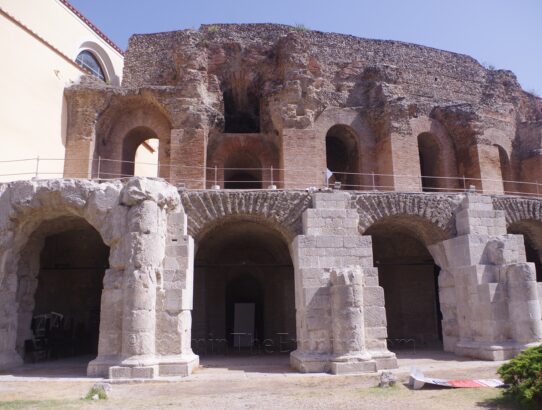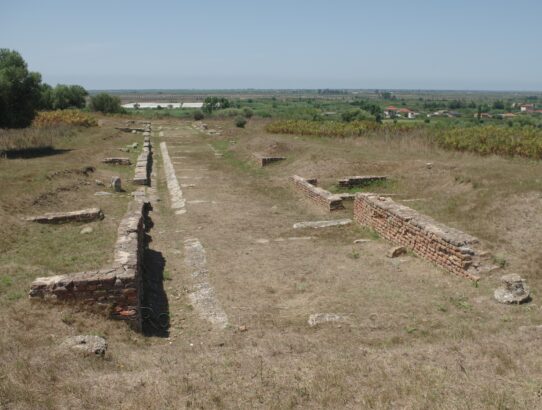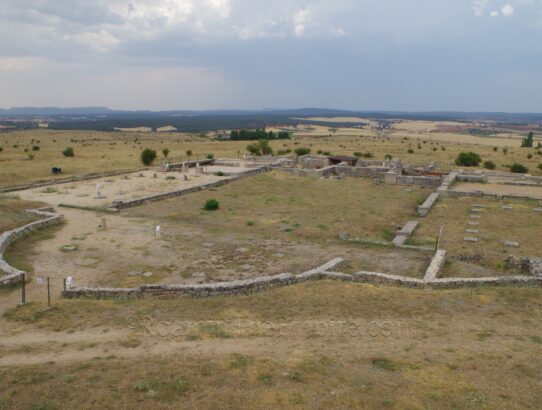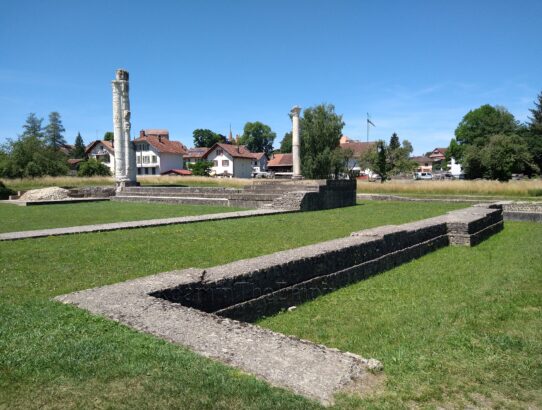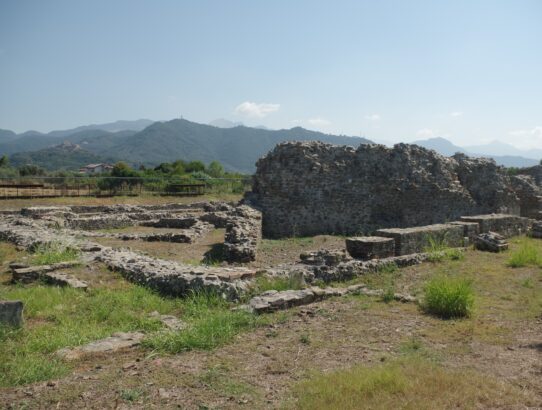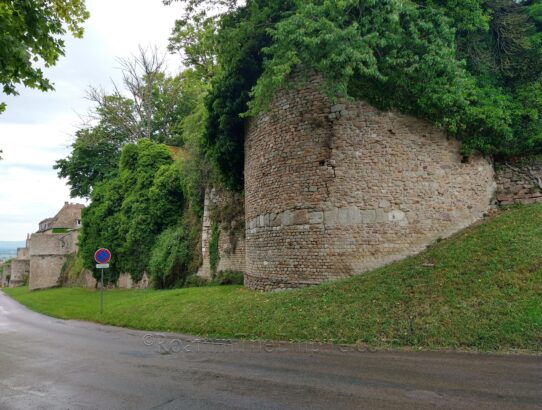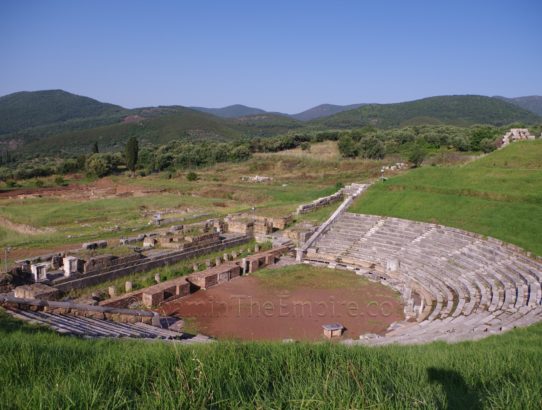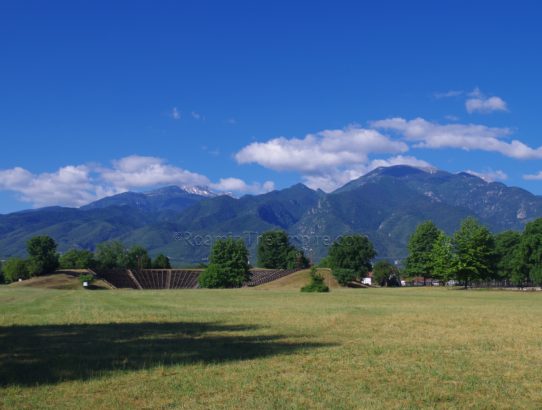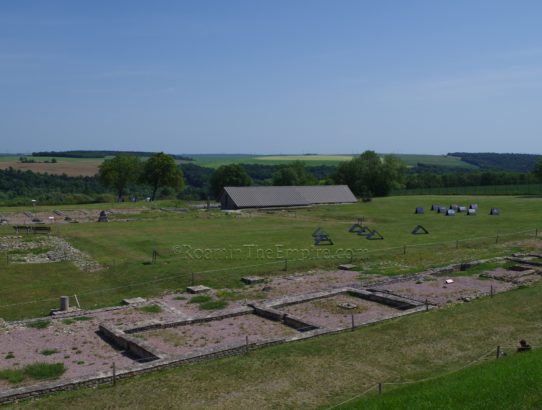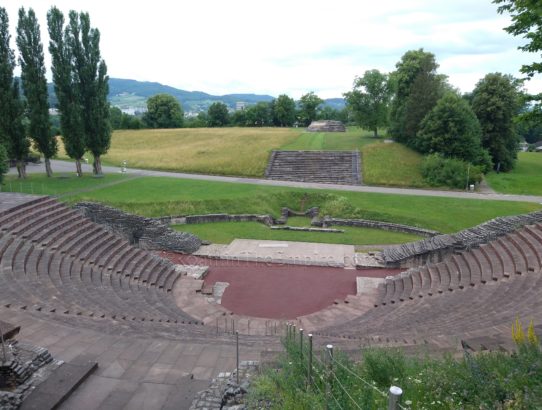Beneventum, Samnium – Part III
Continued From Beneventum, Samnium – Part II Just to the west of the cathedral, a little ways down Via Carlo Torre, is the Area Archeologica Arco del Sacramento. The archaeological remains in this park are those of a bathing complex, located in the vicinity of the forum of ancient Beneventum. Though impressive looking, the archaeological…
Read More


